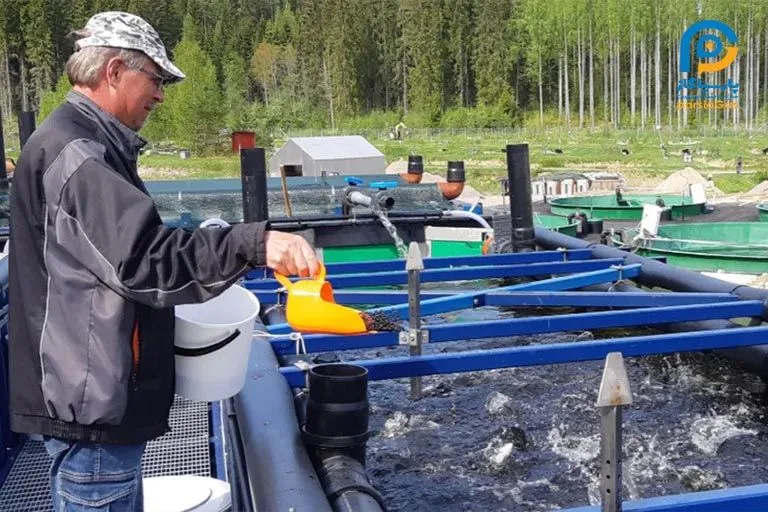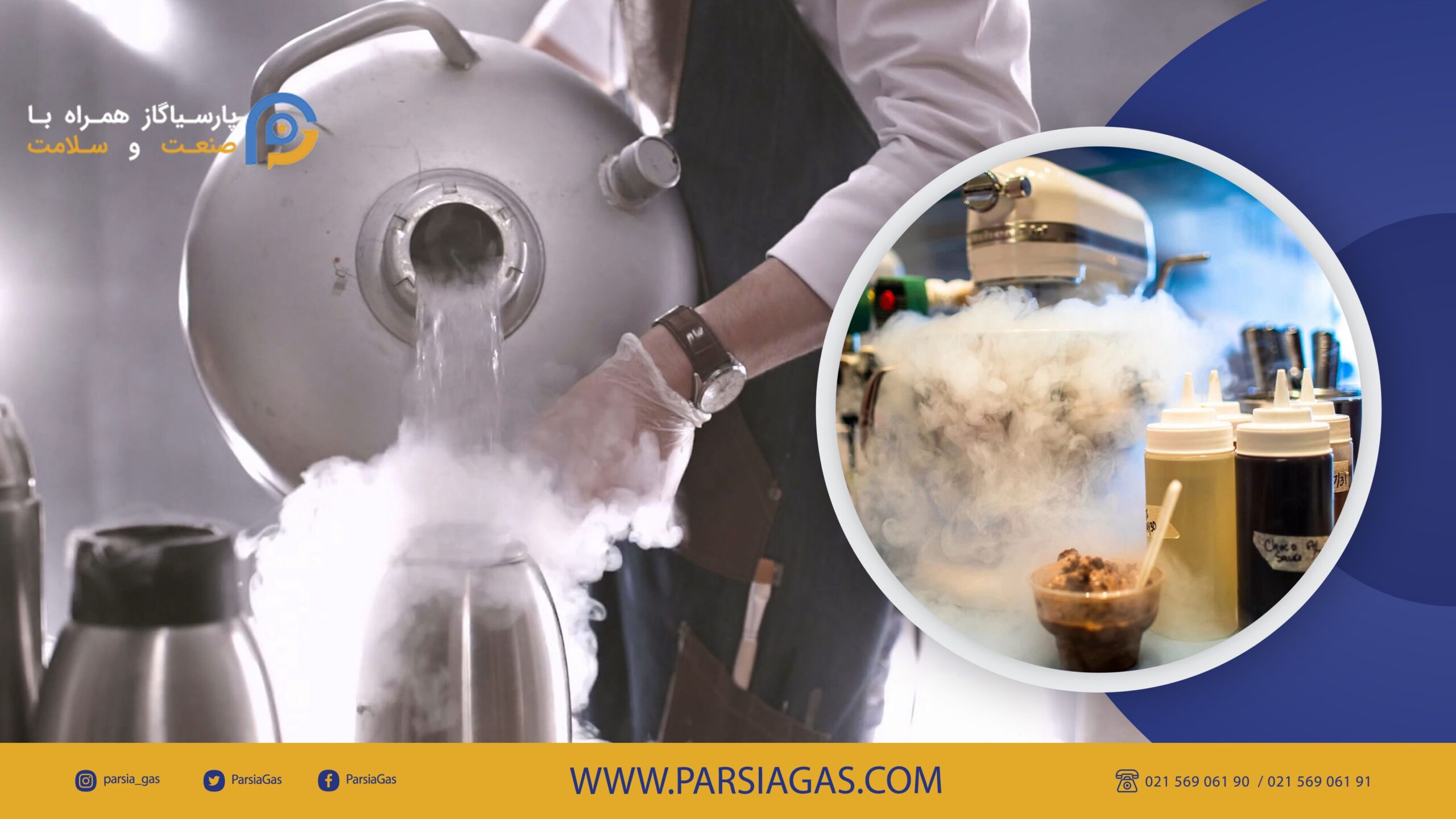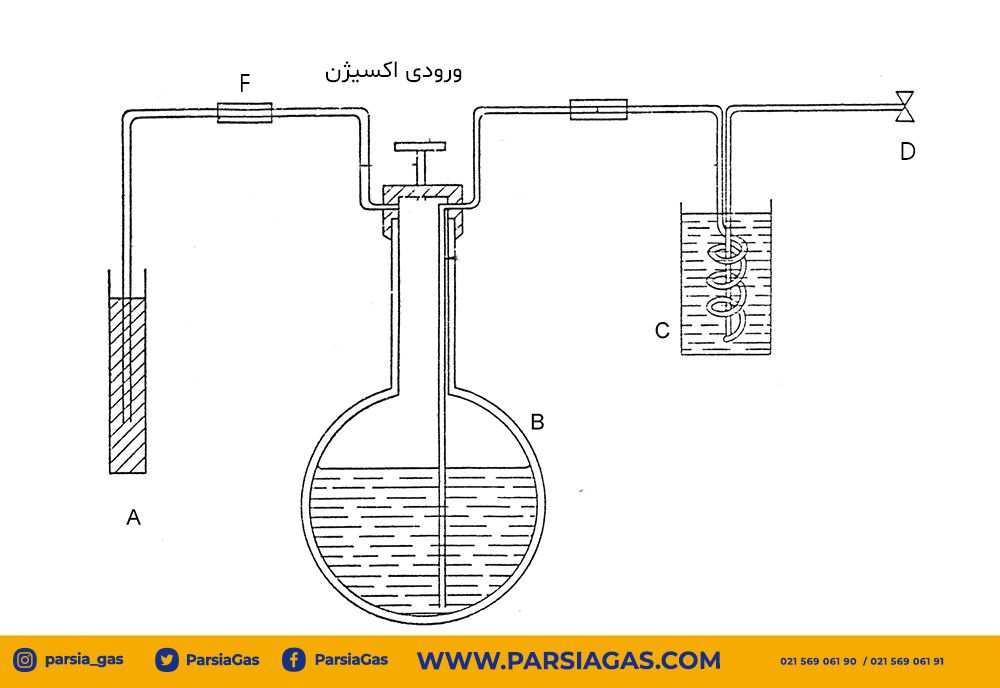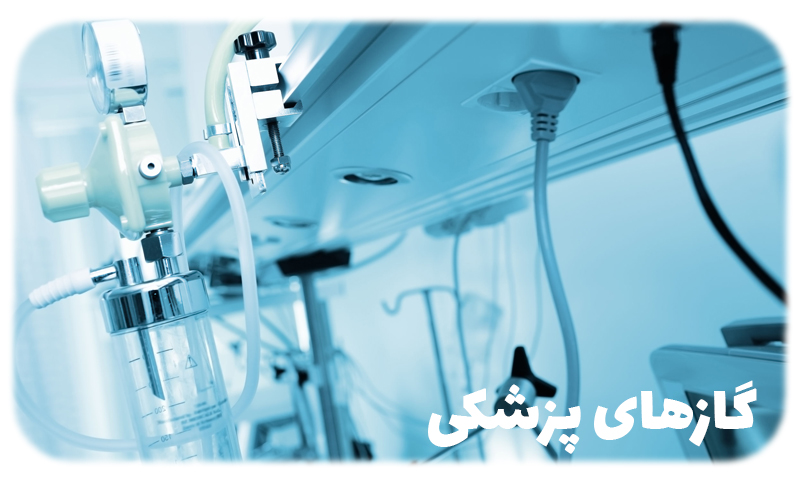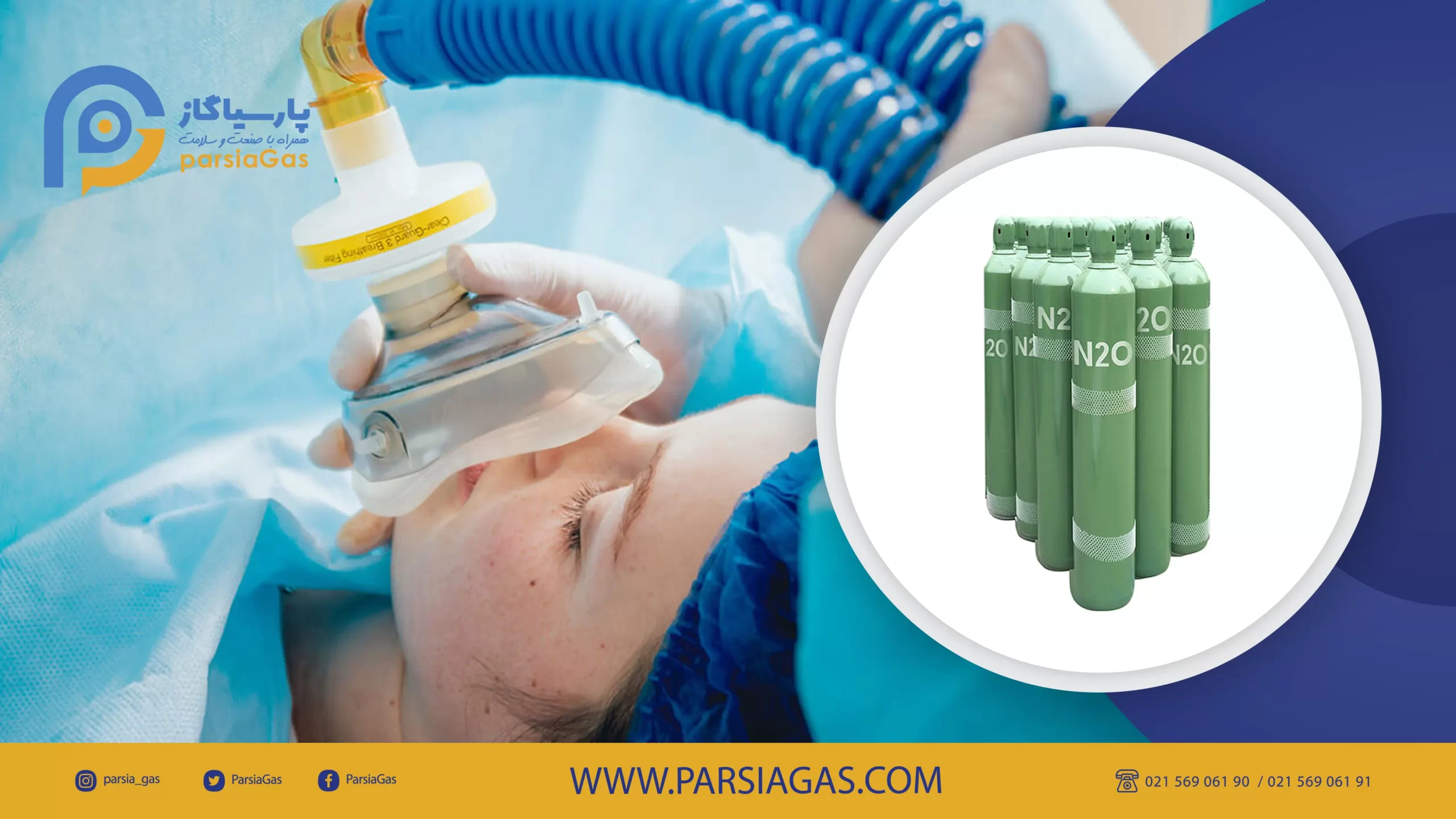Oxygen is the main priority in aquaculture
Due to the ever-increasing demand for seafood worldwide, more fish must be raised in fish farms. Aquaculture is an essential link in the agricultural chain because it protects the oceans from overfishing and produces healthy food with very high feed conversion efficiency.
The amount of fish produced by aquaculture has increased exponentially over the past 50 years, and by 2030, aquaculture is expected to supply just over 60 percent, or 186 million tons, of global seafood demand.
These fish farms, located onshore and offshore, range from small, hand-held ponds in emerging economies to large, professional operations run by large corporations; But their goal is the same: to promote freshwater or marine species in controlled environments to produce a reliable food source, and they all share one challenge: maintaining optimal fish-rearing conditions to promote healthy growth.
Fish farmers must provide proper nutrition, disease prevention and a stable and healthy environment; One of the most important factors in ensuring the health of fish is the constant supply of fresh and clean water with the appropriate level of dissolved oxygen.
In nature, dissolved oxygen in water is obtained from plants, wind and wave activity, the oxygen level is usually higher in colder water and decreases with increasing temperature; In fish farms, oxygen flow naturally exists in the water, but supplementation is often necessary to support the volume of fish growing inside.
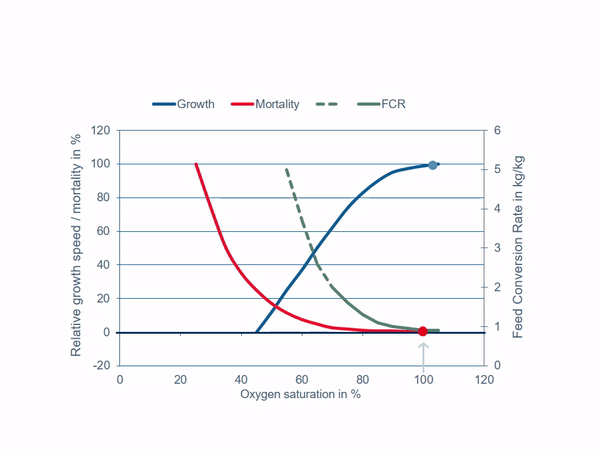
Be sure to read: methods of extracting gases in the air
For fish to grow, oxygen levels must be constantly monitored and kept above the critical threshold of 80% saturation; Inadequate oxygen levels cause poor digestion of fish, so that they require more food and increase the risk of disease, poor growth rates, susceptibility to parasites and ultimately mortality.
Proper use of oxygen significantly increases the financial viability of fish breeding centers and creates more stability in production.
Unpredictable environmental challenges can create a need for supplemental oxygen, with oxygen levels fluctuating depending on the time of year and even the time of day. Warm water, stagnant currents, or other unfavorable environmental conditions, such as algal growth, can lead to a temporary lack of oxygen, compromising fish health and increasing mortality. In fish farming, providing sufficient oxygen to the stocks plays an important role. This has many positive effects on the stock and profitability of an aquaculture facility.
Pure oxygen sources
There are two sources of pure oxygen for circulating aquaculture. One is liquid oxygen, which can be purchased from industrial sources, and the other is oxygen produced from air using an oxygen generator.
Pure oxygen optimizes feed conversion rates and growth, the addition of pure oxygen allows larger quantities of fish to be produced in relatively small volumes of water in both cold and warm water systems. Achievable fish densities are only slightly limited by oxygen supply, which allows even small, water-poor environments to hold more biomass in the facility, helping them to establish themselves economically.
Currently, by improving the oxygen saturation in the incoming water from 90 to 100%, it is possible to increase the production of aquaculture by nearly a third!
Oxygen content also affects feed conversion and growth rate; Under optimal oxygen conditions, fish grow significantly better with the same feed intake. However, the expected higher efficiency is offset by the necessary investments for oxygen storage, aeration equipment and devices, as well as the ongoing costs of pure oxygen; Of course, conventional aeration systems, which simply add air to water, also incur purchase and running costs.
Operating costs are particularly significant here because pumps and drive motors require a lot of energy to compress air and circulate water, regardless of whether they are electric and run on diesel or other fuels.
The energy required to add pure oxygen is usually much lower because, due to the large concentration difference, it is possible to transport oxygen into the water without overpressurization or other energy-consuming physical means.
Pure oxygen today is an industrial product and is available as gas or liquid; Most liquid oxygen is used in aquaculture and it is produced from air in a very pure form by partial distillation, liquid oxygen is stored in vacuum insulated tanks and evaporated before use.
Care must be taken when working with liquid oxygen because it is a very strong oxidizing agent, especially for organic matter, oils and fats, and in direct contact with it may ignite and endanger the health and life of fish. The liquid is first evaporated before use, then with the help of measuring devices it enters the low oxygen water, thereby avoiding the toxic effects of oversaturation.
The oxygen supply is precisely controlled by a computer program throughout the day to ensure that sufficient oxygen is always available when needed.
Be sure to read: The use of gases in the food industry

